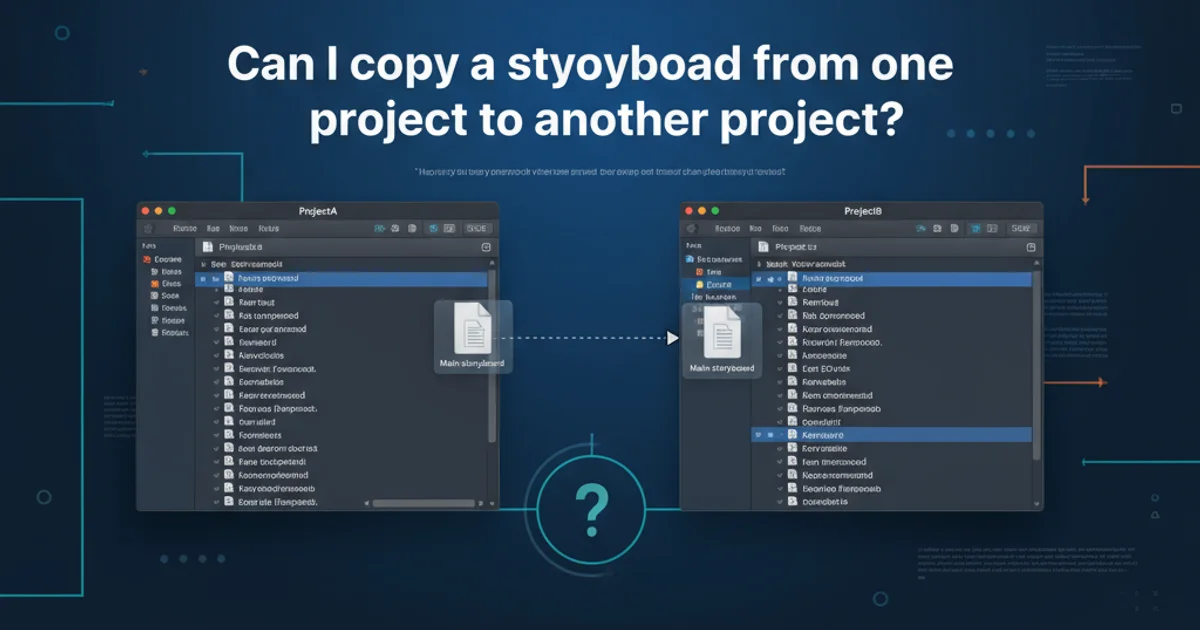How do I upgrade Rails?
Categories:
Mastering Your Rails Upgrade: A Comprehensive Guide

Learn the essential steps and best practices for successfully upgrading your Ruby on Rails application to a newer version, minimizing downtime and ensuring compatibility.
Upgrading a Ruby on Rails application can seem daunting, but it's a crucial process for maintaining security, performance, and access to the latest features. This guide will walk you through a structured approach to upgrading your Rails application, from preparation to post-upgrade testing. We'll cover key considerations, potential pitfalls, and how to leverage tools to make the process as smooth as possible.
Why Upgrade Rails?
Staying current with Rails versions offers numerous benefits. Each new release brings performance improvements, security patches, new features, and better developer ergonomics. Neglecting upgrades can lead to security vulnerabilities, compatibility issues with newer Ruby versions or gems, and a codebase that becomes increasingly difficult to maintain. Regular, incremental upgrades are generally less painful than large, infrequent jumps across multiple major versions.
flowchart TD
A[Start Upgrade Process] --> B{Review Release Notes & Guides}
B --> C[Update Ruby Version (if needed)]
C --> D[Update Gemfile Dependencies]
D --> E[Run `bundle update rails`]
E --> F[Address Deprecation Warnings]
F --> G[Run Tests]
G --> H{Tests Pass?}
H -->|No| F
H -->|Yes| I[Commit Changes]
I --> J[Deploy to Staging]
J --> K[Perform Integration Testing]
K --> L{Staging OK?}
L -->|No| F
L -->|Yes| M[Deploy to Production]
M --> N[Monitor Production]
N --> O[End Upgrade Process]High-level Rails Upgrade Workflow
Preparation: The Foundation for a Smooth Upgrade
Before you even touch your Gemfile, thorough preparation is key. This involves ensuring your existing application is stable, well-tested, and ready for changes. A solid test suite is your best friend during an upgrade, as it provides immediate feedback on whether your changes have introduced regressions.
1. Ensure Your Test Suite is Robust
Before starting any upgrade, make sure your application has comprehensive test coverage (unit, integration, and system tests). All tests should pass on your current Rails version. This will be your safety net.
2. Commit All Current Changes
Ensure your current codebase is clean and all changes are committed to version control. Create a dedicated branch for the upgrade (e.g., feature/rails-upgrade-7.0).
3. Review Release Notes and Upgrade Guides
Carefully read the official Rails upgrade guides and release notes for the target version(s). Pay close attention to breaking changes, deprecations, and new features that might affect your application. The rails/rails GitHub repository's UPGRADING.md file is an invaluable resource.
4. Update Ruby Version
Check the Ruby version compatibility for your target Rails version. If necessary, upgrade your Ruby version first. This is often a prerequisite for newer Rails versions.
5. Clean Up Deprecated Code
Before upgrading, address any deprecation warnings in your current Rails version. This reduces the number of issues you'll face during the actual upgrade.
The Upgrade Process: Step-by-Step
Once prepared, you can begin the technical upgrade. This involves modifying your Gemfile, running bundle commands, and systematically addressing issues that arise.
# Gemfile
# Before:
# gem 'rails', '~> 6.1.0'
# After (for upgrading to Rails 7.0):
gem 'rails', '~> 7.0.0'
Updating the Rails gem version in your Gemfile
1. Update Your Gemfile
Change the Rails version in your Gemfile to the next major version you're targeting. Also, review other gems for compatibility with the new Rails version. You might need to update them or find alternatives.
2. Run bundle update rails
Execute bundle update rails to update the Rails gem and its dependencies. If you encounter dependency conflicts, you may need to update other gems explicitly or temporarily remove problematic ones.
3. Run rails app:update
This command generates new configuration files and updates existing ones. It will prompt you to overwrite files; carefully review the diffs and choose to merge or keep your existing changes where appropriate. This is crucial for adopting new Rails defaults.
4. Address Breaking Changes and Deprecations
Run your test suite. Expect failures. Work through each failure, consulting the Rails upgrade guides, release notes, and community resources (Stack Overflow, GitHub issues). Pay close attention to deprecation warnings in your logs and test output.
5. Iterate and Test
This is an iterative process. Make a change, run tests, fix errors, and repeat. Commit small, working changes frequently to your upgrade branch.
rails app:update. Always review the diffs for each file. Overwriting without review can erase custom configurations or introduce unexpected behavior.Post-Upgrade: Deployment and Monitoring
Once your application passes all tests locally, the next phase involves deploying to staging and then production, with careful monitoring at each step.
RAILS_ENV=production bundle exec rake assets:precompile
RAILS_ENV=production bundle exec rake db:migrate
Common commands before deploying to production
1. Deploy to Staging Environment
Deploy your upgraded application to a staging environment that closely mirrors production. This allows for thorough integration testing without affecting live users.
2. Perform Integration and User Acceptance Testing (UAT)
On staging, conduct comprehensive integration tests. Involve key stakeholders or a QA team to perform UAT, ensuring all critical features work as expected in a production-like setting.
3. Monitor Logs and Performance
Closely monitor application logs for any new errors or warnings. Use performance monitoring tools to ensure the upgrade hasn't introduced any performance regressions.
4. Deploy to Production
Once confident in the staging environment, deploy the upgraded application to production. Consider a phased rollout or canary deployment if your infrastructure supports it.
5. Continuous Monitoring
After production deployment, continue to monitor logs, error reporting tools, and performance metrics vigilantly for any unexpected behavior or issues.